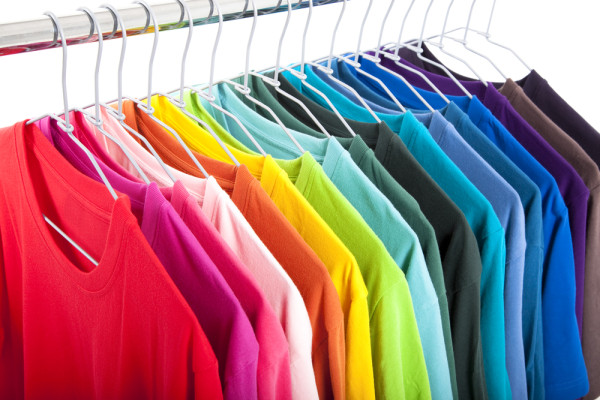Introduction:
In the tapestry of human civilization, few chandna industries have woven themselves as deeply into the fabric of our lives as textiles. From the earliest days of ancient civilizations to the present era of globalization and digitalization, textiles have played a vital role in shaping our societies, economies, and cultures. In this blog, we embark on a journey through the rich tapestry of the textile industry, exploring its history, evolution, and innovative future.
The Ancient Roots of Textiles:
The story of textiles begins millennia ago, with our ancestors discovering the transformative power of weaving fibers into fabric. From the flaxen threads spun by the ancient Egyptians to the intricate silk fabrics of the Chinese dynasties, early civilizations harnessed the natural resources of their environments to create textiles for clothing, shelter, and ceremonial purposes.
The advent of mechanization in the Industrial Revolution marked a significant turning point in the textile industry, as factories replaced handloom weaving with automated machinery. Innovations such as the spinning jenny, power loom, and cotton gin revolutionized textile production, leading to mass t shirt manufacturer on an unprecedented scale.
From Traditional to Technical Textiles:
As the textile industry continued to evolve, so too did the materials and techniques used in textile production. Traditional textiles made from natural fibers such as cotton, wool, and silk were joined by a new wave of technical textiles engineered for specific applications.
Technical textiles encompass a wide range of products, from high-performance fabrics used in aerospace and automotive industries to smart textiles embedded with sensors and electronics. These innovative textiles offer advanced properties such as strength, durability, flame resistance, knitwear pakistan and conductivity, opening up new possibilities in fields such as healthcare, sports, and fashion.
Sustainability and Ethical Practices:
In recent years, the textile industry has faced growing scrutiny over its environmental impact and ethical practices. From the intensive water and chemical usage in traditional textile production to the exploitation of labor in garment factories, the industry has come under pressure to adopt more sustainable and ethical practices.
A growing awareness of these issues has led to a surge in demand for sustainable textiles and transparent supply chains. Companies are increasingly investing in eco-friendly materials, recycling technologies, and ethical labor practices to meet the demands of conscientious consumers. Initiatives such as the Sustainable Apparel Coalition and the Global Organic Textile Standard (GOTS) are driving industry-wide efforts to reduce carbon emissions, conserve water resources, and improve working conditions.
The Future of Textiles:
As we look to the future, the textile industry stands at a crossroads, poised for innovation and transformation. Advances in materials science, nanotechnology, and biotechnology are paving the way for a new generation of textiles with unprecedented properties and functionalities.
Nanofibers woven from carbon nanotubes promise lightweight, ultra-strong fabrics for aerospace and military applications, while biofabricated textiles grown from microbial cultures offer a sustainable alternative to conventional materials. 3D printing technologies enable on-demand production of custom-designed textiles, while digital platforms and AI-driven algorithms revolutionize supply chain management and consumer engagement.
Conclusion:
In the timeless tapestry of human history, textiles have been a constant thread, weaving together the diverse strands of our lives. From the humble beginnings of handloom weaving to the cutting-edge innovations of the digital age, the textile industry continues to evolve, adapt, and inspire.
As we navigate the complexities of a rapidly changing world, the textile industry serves as a beacon of creativity, resilience, and possibility. By embracing sustainability, innovation, and ethical practices, we can ensure that the textile industry remains a source of inspiration and opportunity for generations to come. Together, let us weave the threads of innovation and imagination into a brighter, more sustainable future.




